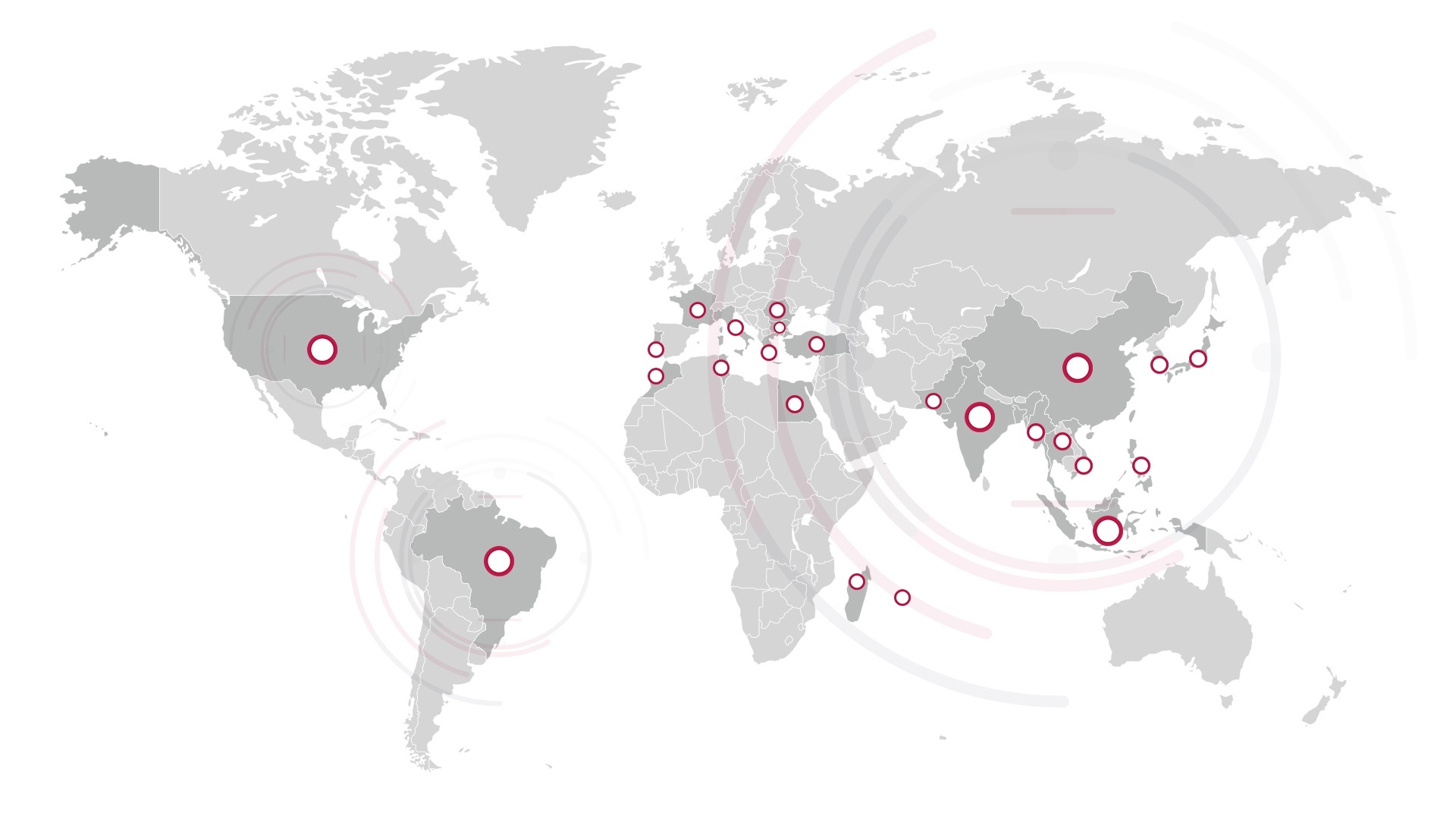According to the McKinsey Global Fashion Index, the global apparel market is estimated to be worth $2.7 trillion and is expected to grow to $285 billion in the USA, $440 billion in the EU and a staggering $540 billion in China.
Despite these winning numbers, 2016 was one of the fashion industry’s toughest years yet. The Brexit vote in the United Kingdom, the volatility of the Chinese stock market, the terrorist attacks in France and the speculation and uncertainty of the U.S. election took a toll on the fashion industry as a whole. An industry which has become accustomed to growing 5.5% annually had experienced its first economic downfall over the past decade.
However, according to The State of Fashion 2017 Report by McKinsey, despite the repercussions of the series of events that occurred in 2016, many business executives in the fashion industry were optimistic about 2017, and it’s apparel industry trends nonetheless:
2017 Apparel Industry Trends
Each year brings about new challenges, but it’s evident that each year customer’s buying habits change and brands continue to explore new avenues in which to reach their customers. This is crucial for brands to differentiate from their competition and appeal to their markets.
Now that we are more than halfway through 2017, we’re going to provide a comprehensive view of some of the 2017 apparel industry trends which we have seen thus far:
Real-time customization and personalization
Retail brands are becoming more aware that customers want to be in charge of not only when and where they buy products, but what. The one size fits all approach is no longer relevant. Customers want to have their hand in on the product design and want to be able to purchase something that is unique to them. For example, Nathan Kong has collaborated with Tailor2go and offers a fresh take on the ordinary shopping experience in which a tailor comes to your home or workplace and provides you with custom outerwear using cutting-edge 3D Body Scanning Technology. In another example, brands like Topshop offer their customers in-store customization and monogramming.
E commerce shops continue to grow
No surprise here. More retailers are making the move to digital by making sure their businesses are available to the online community. They also ensure that their websites are updated, customized and most importantly, improve their mobile user experience. Reports state that customers who use mobile devices spend 8 times more time shopping than what they would if they were to visit a brick and mortar shop. Online retail sales grow by an average of 10% each year, so we can expect to see this trend rise even more in the future.
Quality becomes more of a priority
Shoppers have the resources to get more insight into the quality and usability of products by doing an online search and reading previous customer’s reviews. This element to shopping has become increasingly important, specifically to online shoppers as there is a chance that the product they receive does not meet the same quality standards as the product they purchased online. Buyers are dependent on reviews and make purchasing decisions based on what their fellow shoppers have to say about a product. In another Topshop example, the retailer provides a review section on their website which is available for customers to write up a review about any of their products for other shoppers to read.
Download our complimentary 8 Step Quality Management Visual Guide for improved quality here.
Delivery drones
The utilization of delivery drones is a topic that has gained a lot of traction over the last few years, with Amazon’s Prime Air and Google’s Project Wing at the forefront. Even though this apparel industry trend is still far from being incorporated throughout the global apparel market, Amazon has started to make some headway this year. It made its first successful public delivery of consumer goods in March this year in the U.S. These drones have the potential to enhance retail customer experience and satisfaction dramatically by providing rapid parcel delivery at low costs to customers. However, for Amazon to exploit delivery drones in the U.S., they’ll need to wait for Federal Aviation Administration to create a set of flight rules.
Read also: Does Textile Quality Control Need to be Expensive?
What 2017 apparel brand trends has your brand been keeping up with? What are your predictions on the state of fashion for the rest of 2017?






